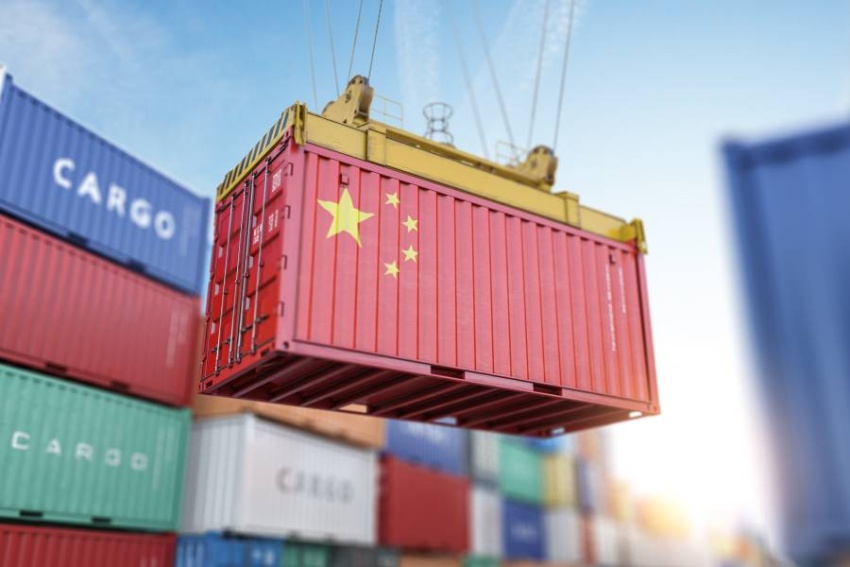Chinese Exports to Iraq Show Remarkable Growth in First Half of 2025
July 24, 202575 ViewsRead Time: 2 minutes

Font Size
16
Direct Chinese exports to Iraq saw a significant increase during the first half of 2025, showing a growth of 9.3% compared to the same period in 2024, and a 13.2% increase compared to the second half of the same year.
According to analytical data published by the economic expert Manar Al-Obaidi today, Thursday (July 24, 2025), followed by 'Baghdad Today', the value of direct Chinese exports to Iraq during the first six months of 2025 reached around 8.8 billion dollars, compared to 8.1 billion dollars in the first half of 2024, and 7.8 billion dollars in the second half of the same year.
Machinery and electrical equipment topped the list of exported goods, with a value of 2.1 billion dollars, accounting for 23% of total exports, compared to 1.9 billion dollars in the same period of 2024.
Exports of electrical and electronic devices also increased to 1.4 billion dollars, equivalent to 15% of the total, compared to 1 billion dollars previously. Chinese car exports witnessed a significant growth of 30%, reaching 638 million dollars, up from 490 million dollars in the first half of the previous year.
Thus, the three goods (machinery, electronic devices, cars) constitute about 47% of total direct Chinese exports to Iraq.
On the other hand, the total trade between Iraq and China during the same period amounted to 26.6 billion dollars, of which 17.7 billion dollars represent Iraqi exports, mostly of crude oil.
Despite the improvement in Chinese exports, the overall trade volume between the two countries witnessed a decrease of 3.3% compared to the first half of 2024, which was 27.5 billion dollars at that time.
As for the trade surplus in favor of Iraq, it reached 8.8 billion dollars, but it recorded a 21% decrease compared to 11.3 billion dollars in the first half of 2024, attributed to the increase in the value of Chinese imports against a relative decrease in the value of Iraqi exports due to the decline in oil prices.